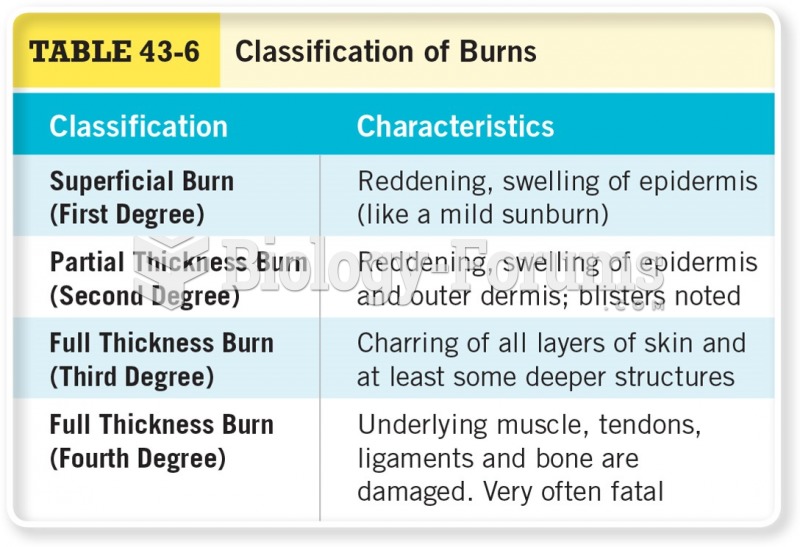Answer to Question 1
An ideal response will:
1, Identify the three standards as inherently suspect, intermediate scrutiny, and reasonableness.
2, Discuss how the inherently suspect standard used to evaluate race and ethnicity classifications is the most strict: The Court presumes that the classification is invalid and upholds it only if it serves a compelling public interest and there is no other way to accomplish that goal; the burden is on the rule maker to prove that the classification meets these criteria.
3,Detail how the intermediate scrutiny standard used to evaluate gender classifications is in the middle: The Court presumes neither constitutionality nor unconstitutionality; the burden is on the one challenging the classification to prove that it does not bear a substantial relationship to an important governmental purpose.
4, Outline how the reasonableness standard that is used for broader classifications such as age and wealth is the easiest to meet: The Court assumes the classification has a rational relationship to a legitimate governmental goal; the burden is on the challenger to show that it does not.
5, Provide an example of a law that would receive review under the inherently suspect standard, such as racial affirmative action programs.
6,Provide an example of a law that would receive review under the intermediate scrutiny standard, such as a law permitting women to marry at age 14, but not permitting men to marry until age 17.
7, Provide an example of a law that would receive review under the reasonableness standard, such as a law requiring those over the age of 80 to get a new driver's license more frequently than those 80 years old or younger.
8, Indicate agreement or disagreement with this three-tiered approach. Answers will vary, but some may argue that all forms of discrimination are equally troubling and should all be treated the same. Others may argue that some sorts of discrimination may be reasonable under some circumstances, but other sorts of discrimination are seldom tolerable (giving examples). Therefore, different sorts of standards are appropriate.
Answer to Question 2
policy agenda







